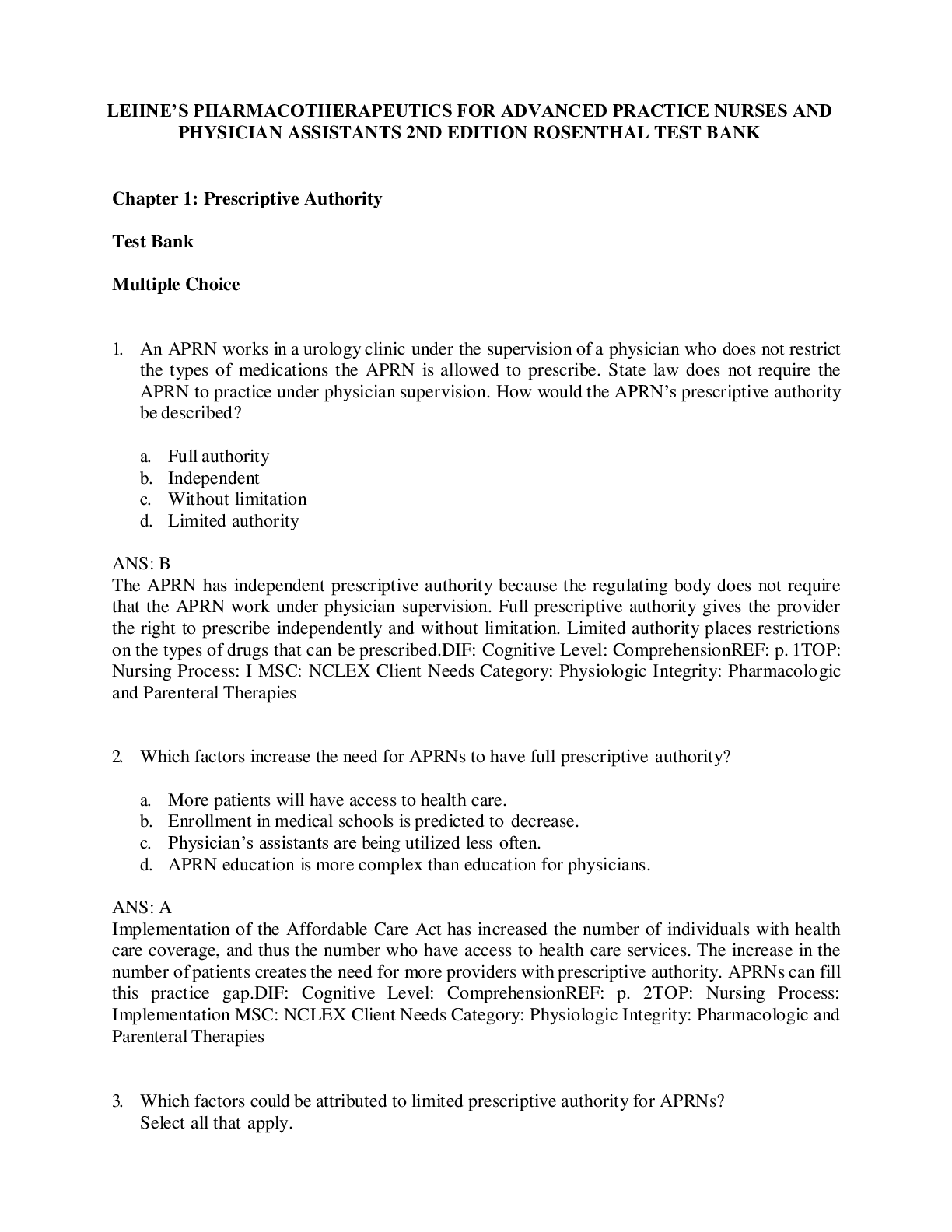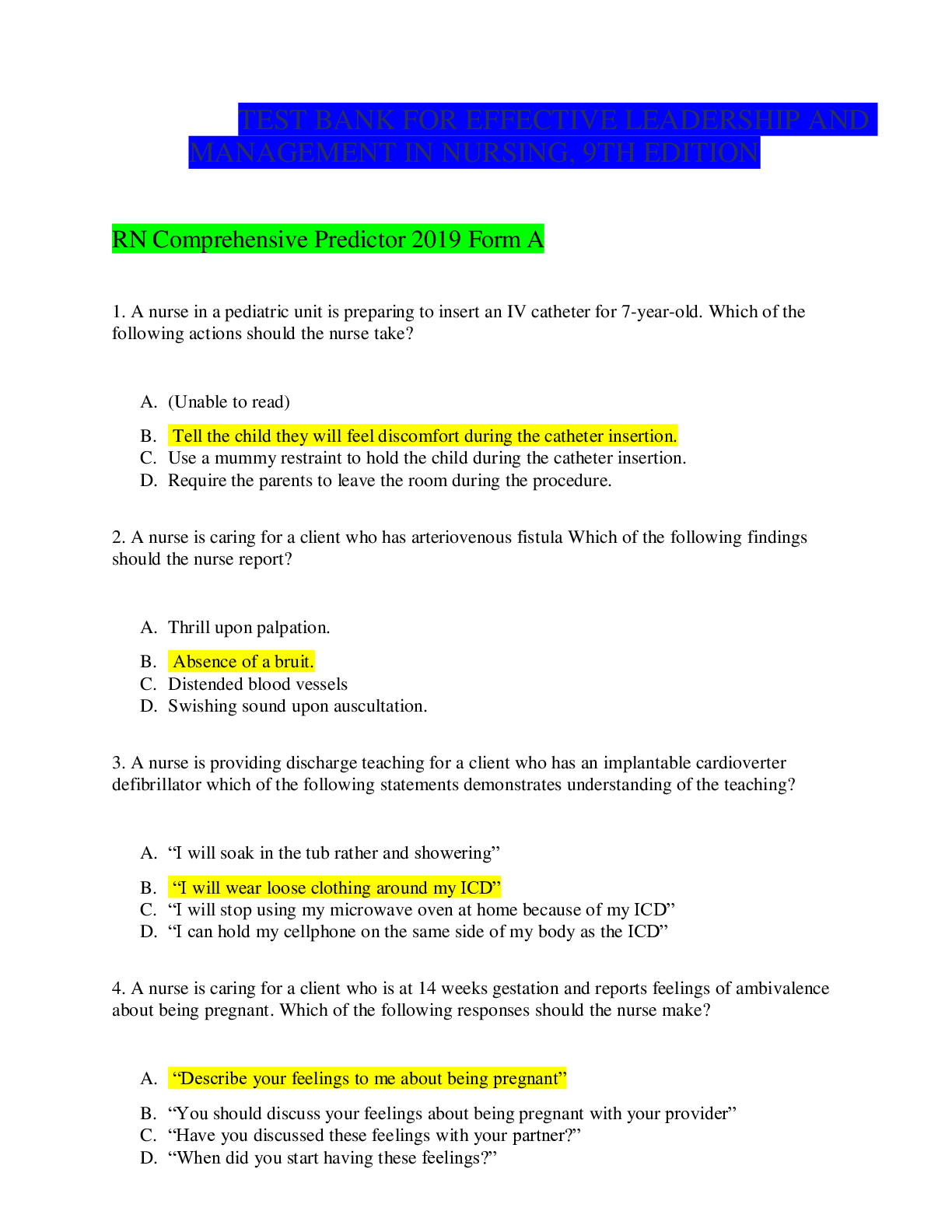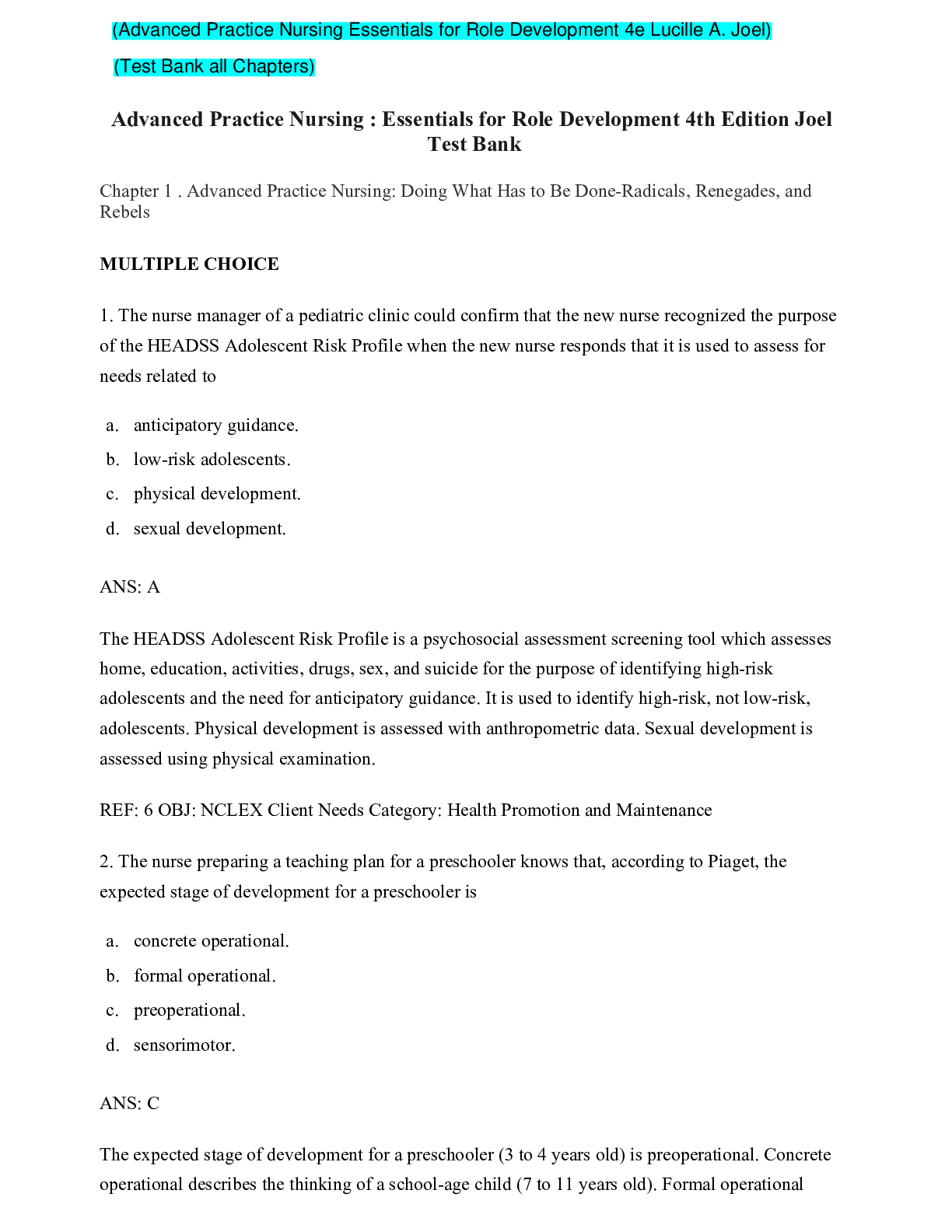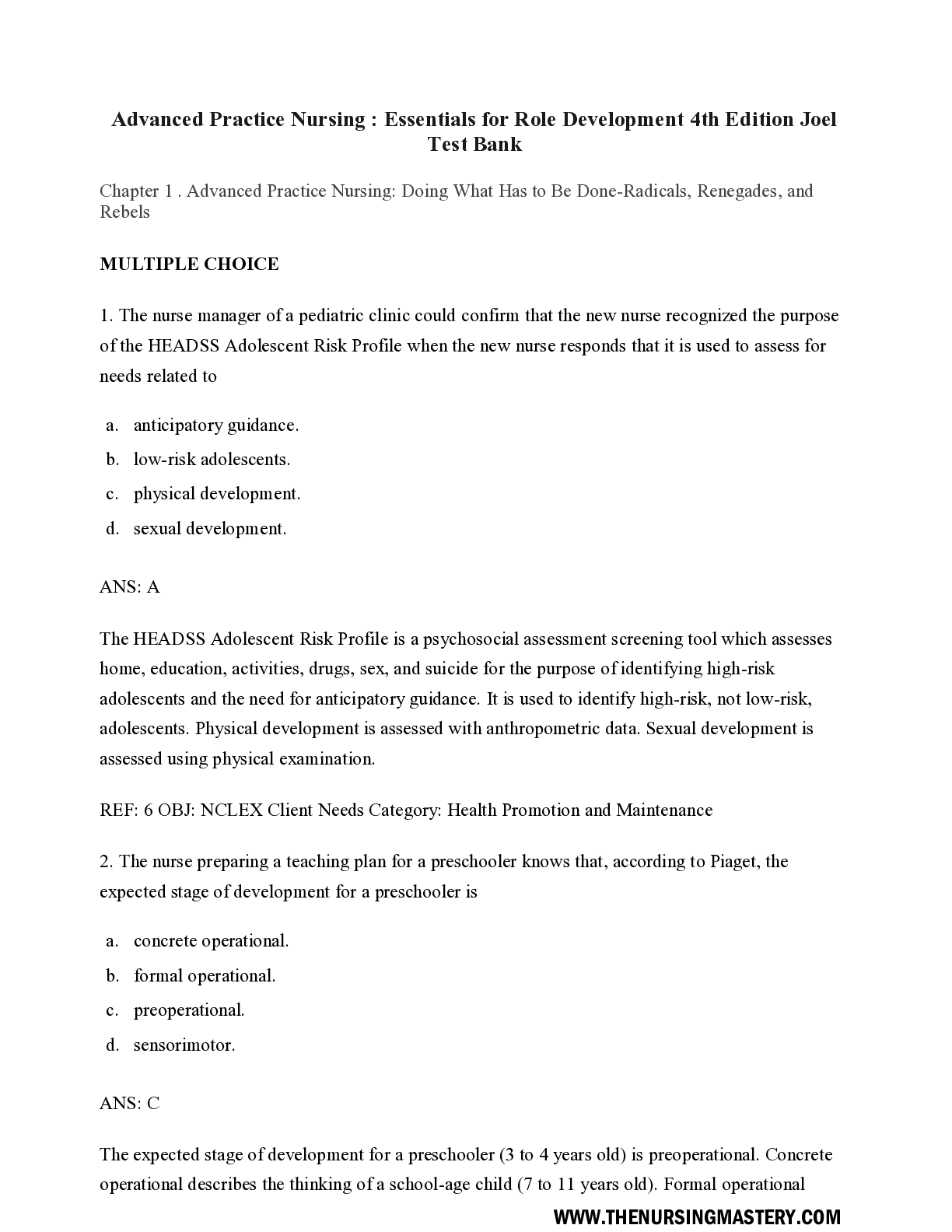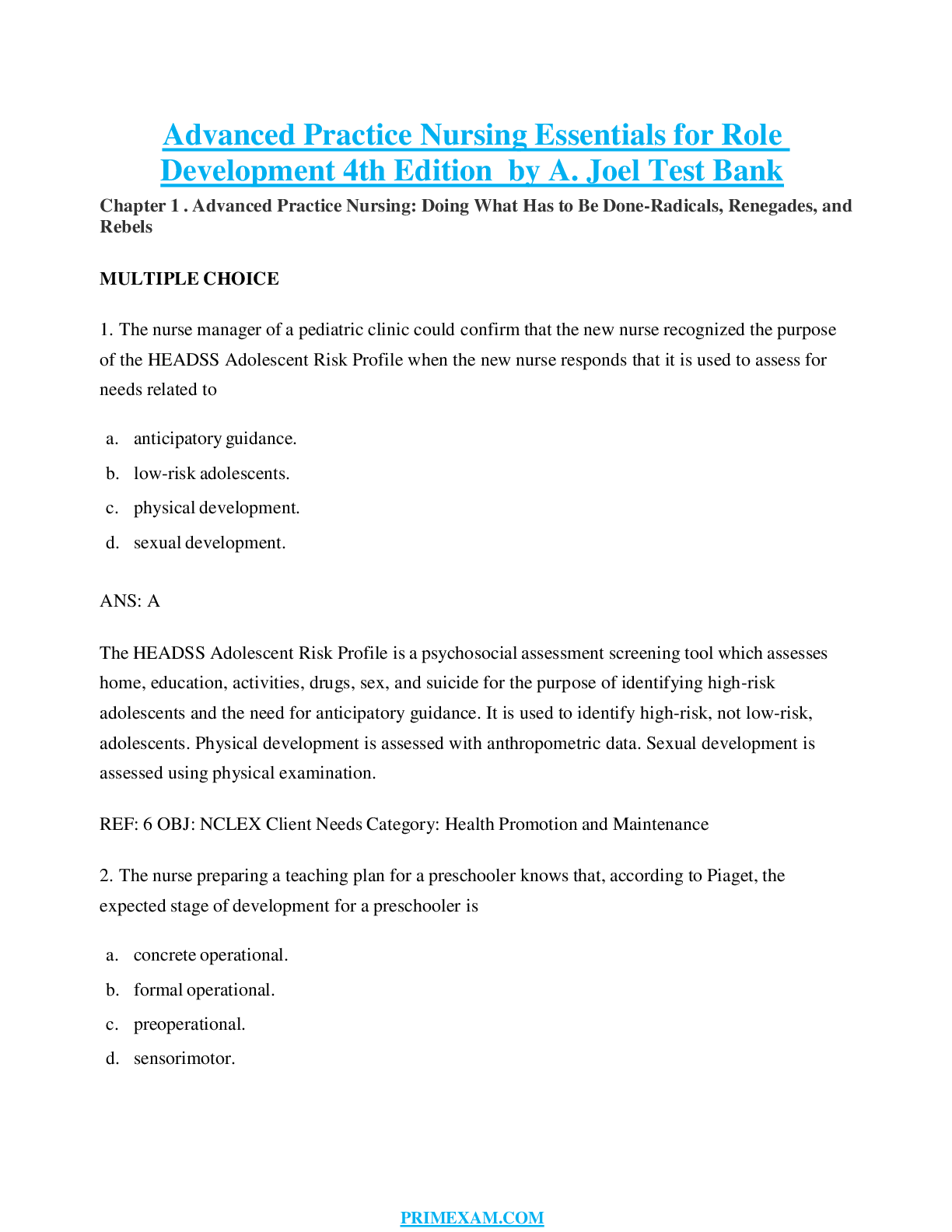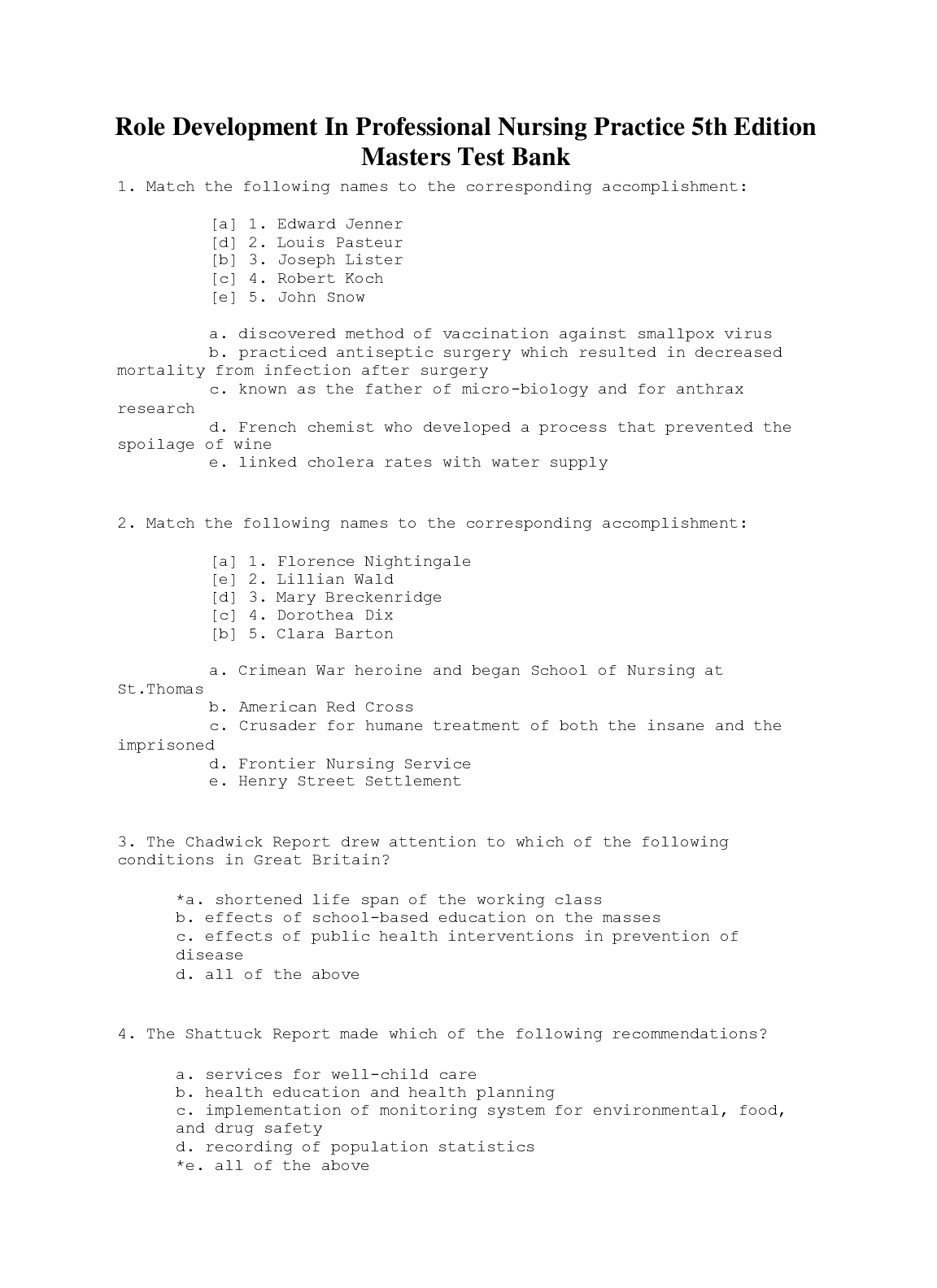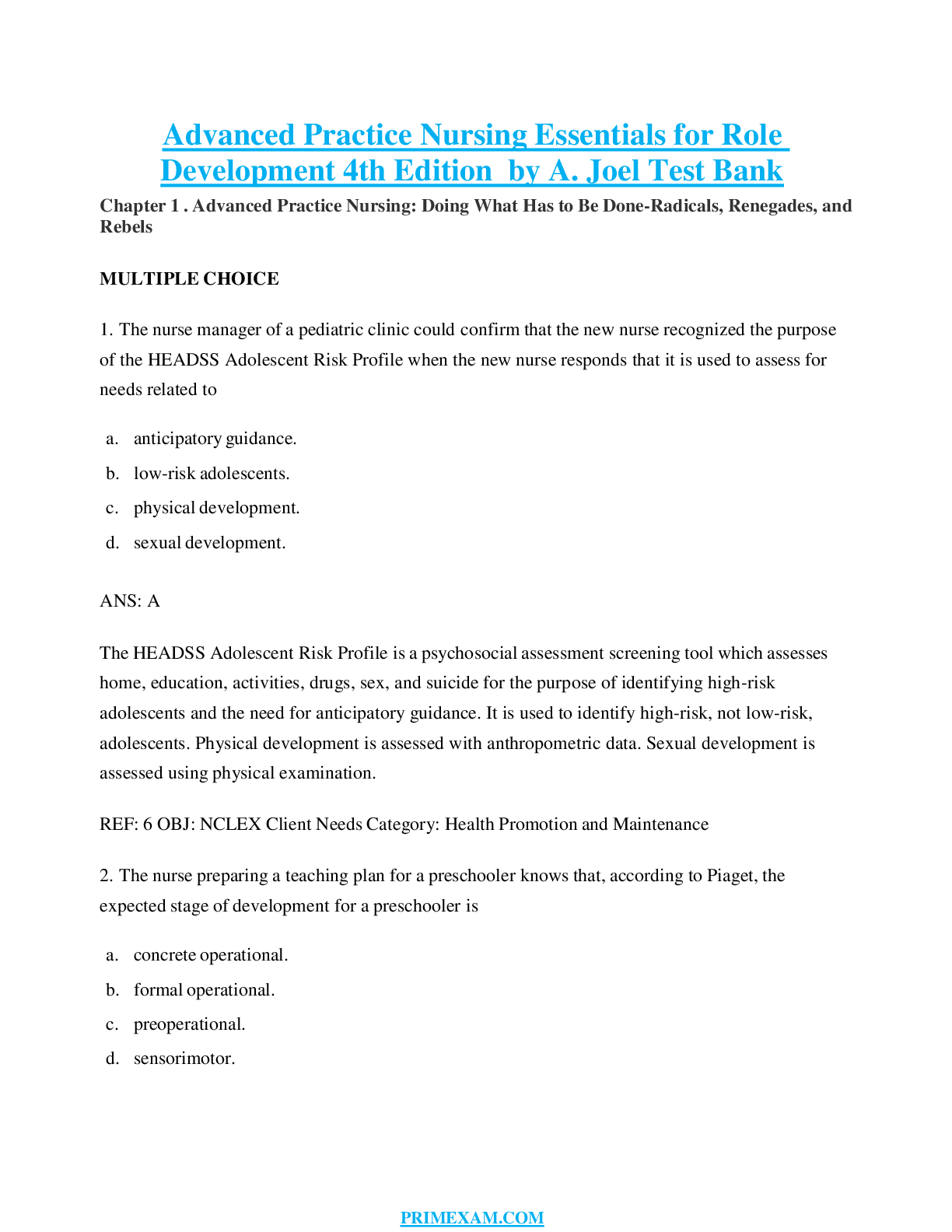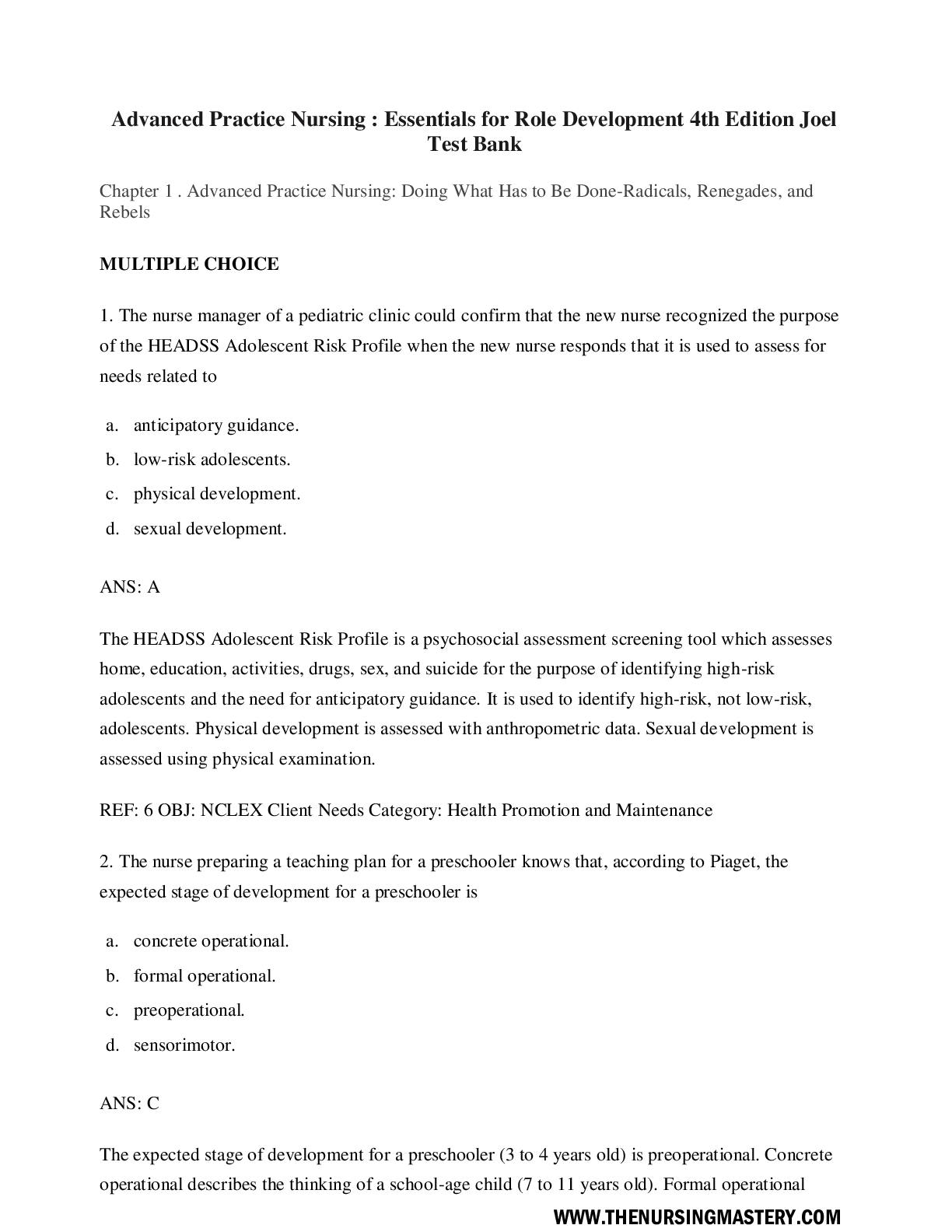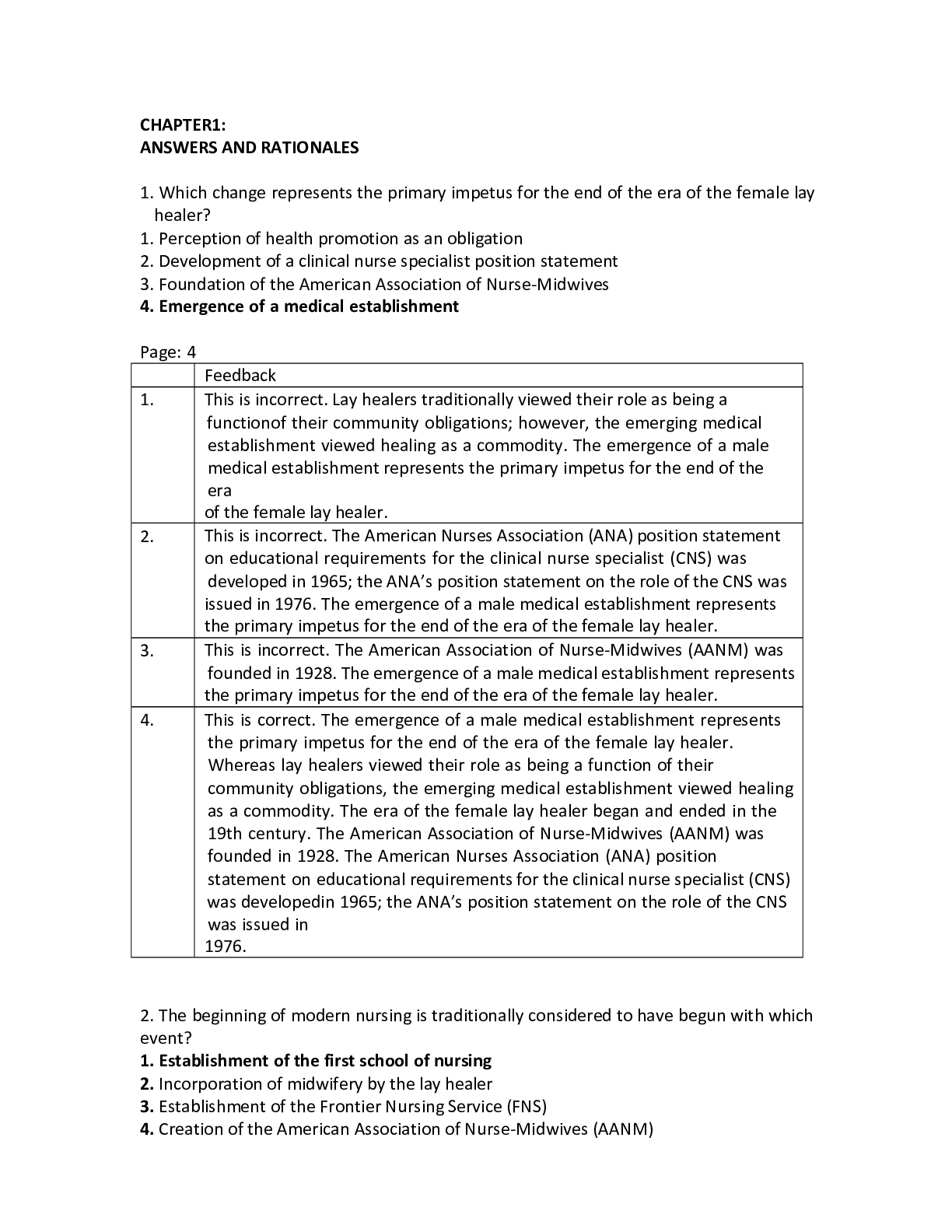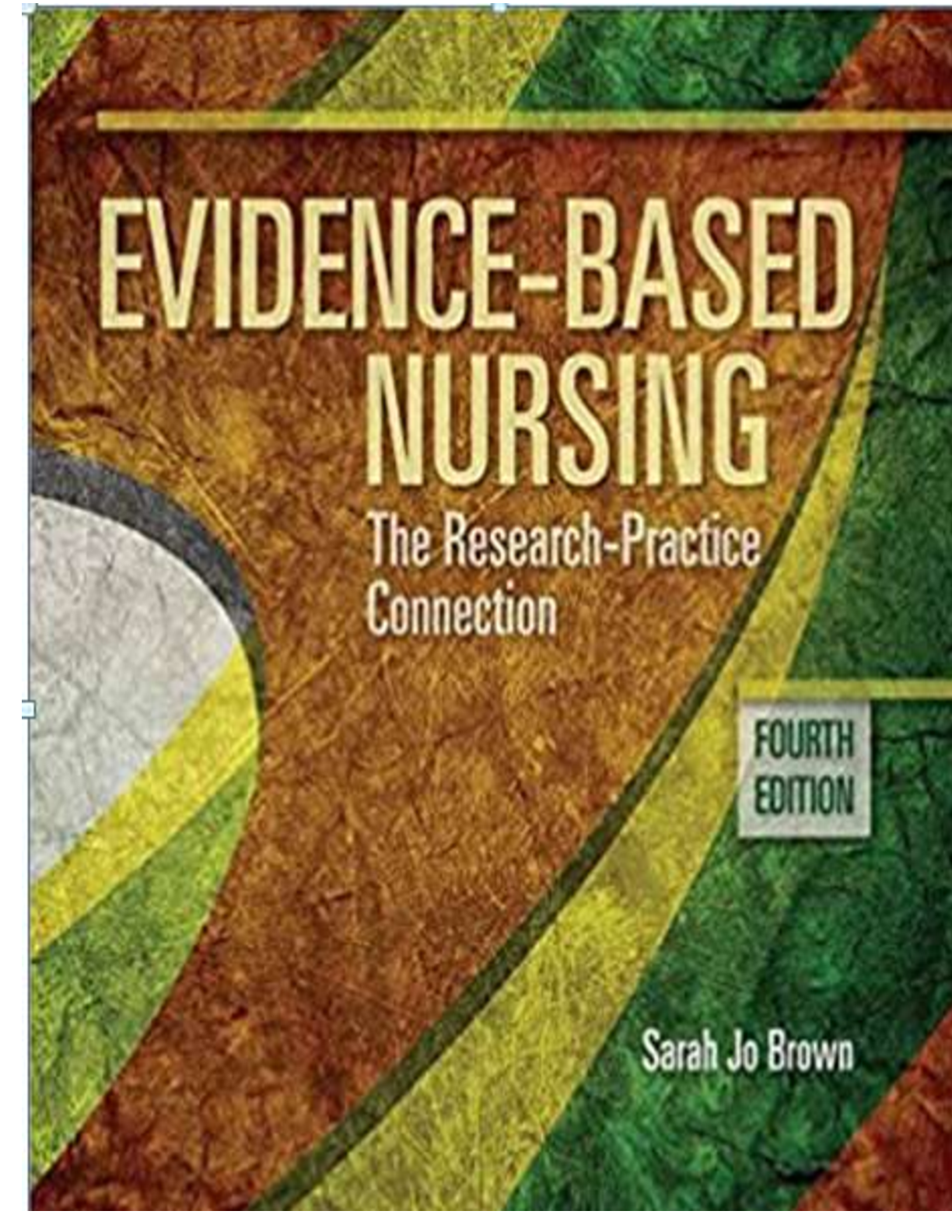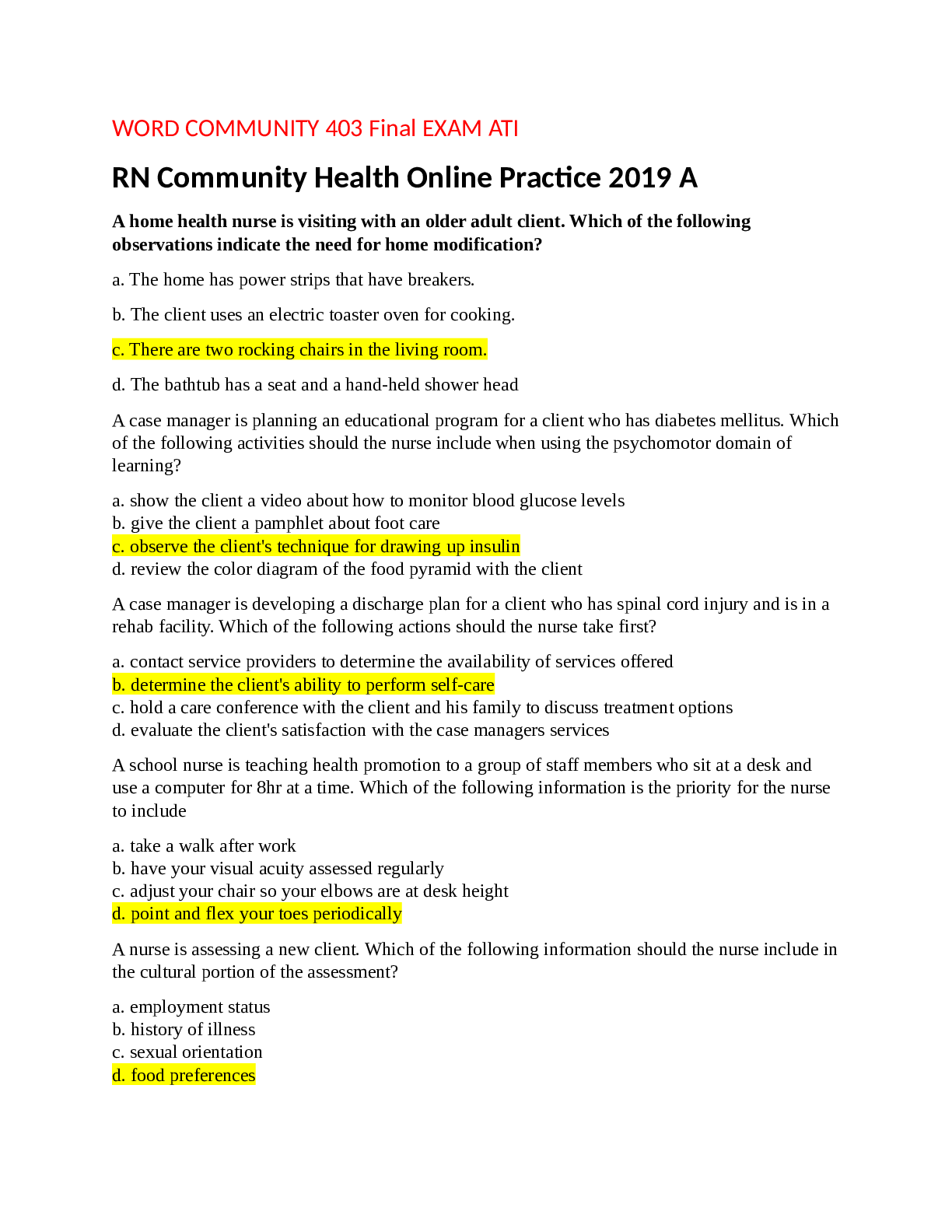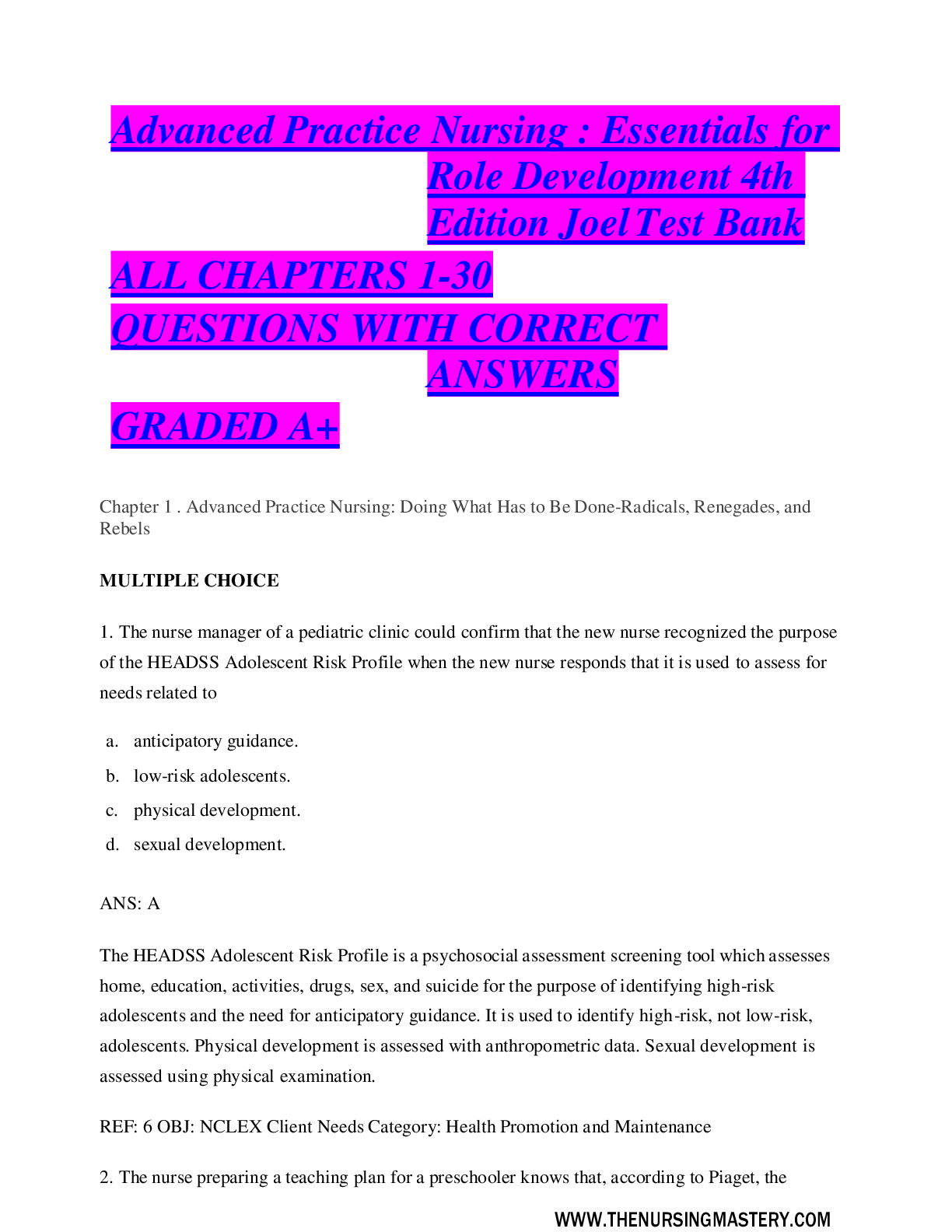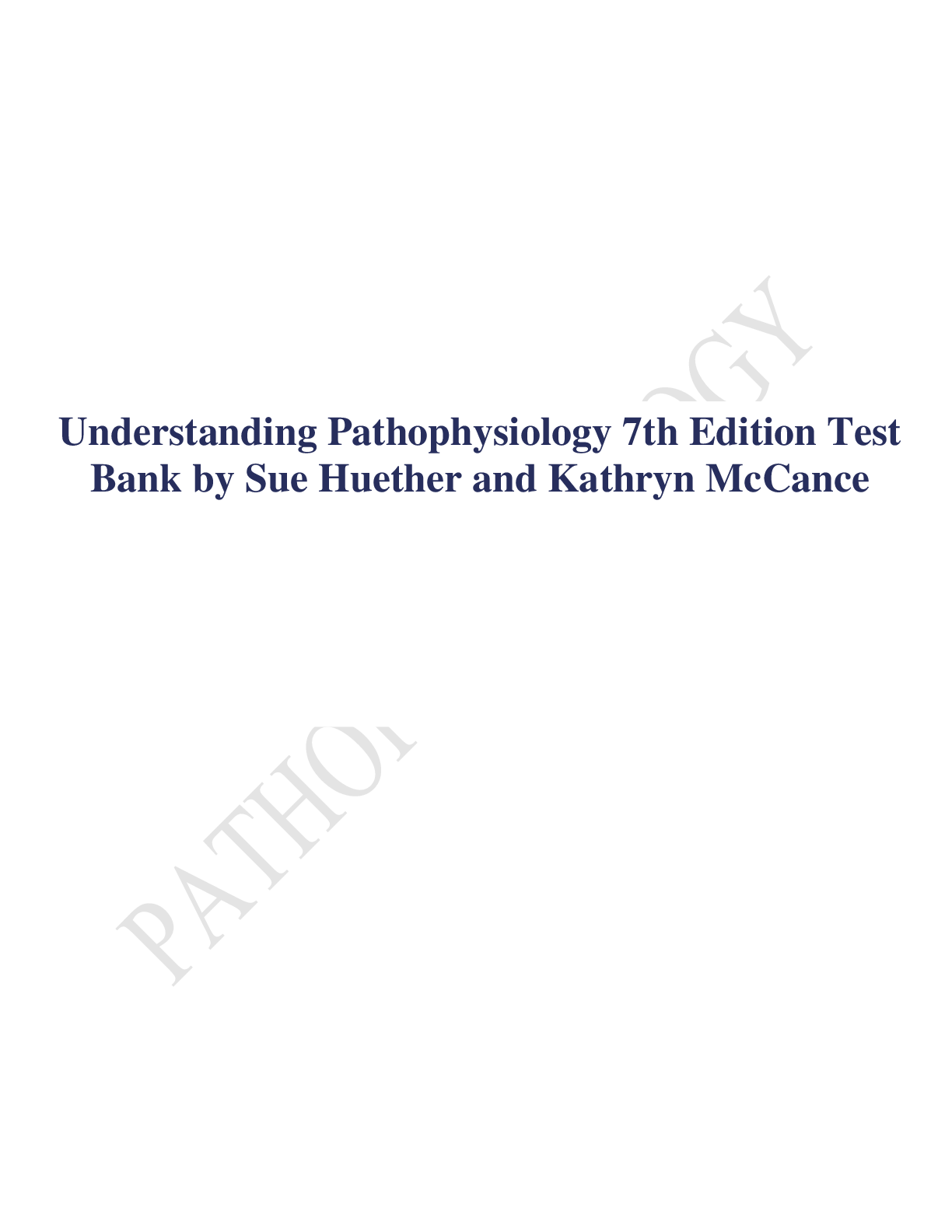*NURSING > TEST BANK > Advanced Practice Nursing : Essentials for Role Development 4th Edition Joel Test Bank 2021 (All)
Advanced Practice Nursing : Essentials for Role Development 4th Edition Joel Test Bank 2021
Document Content and Description Below
Advanced Practice Nursing : Essentials for Role Development 4th Edition Joel Test Bank 2021 Chapter 1 . Advanced Practice Nursing: Doing What Has to Be Done-Radicals, Renegades, and Rebels MULTIPL... E CHOICE 1. The nurse manager of a pediatric clinic could confirm that the new nurse recognized the purpose of the HEADSS Adolescent Risk Profile when the new nurse responds that it is used to assess for needs related to a. anticipatory guidance. b. low-risk adolescents. c. physical development. d. sexual development. ANS: A The HEADSS Adolescent Risk Profile is a psychosocial assessment screening tool which assesses home, education, activities, drugs, sex, and suicide for the purpose of identifying high-risk adolescents and the need for anticipatory guidance. It is used to identify high-risk, not low-risk, adolescents. Physical development is assessed with anthropometric data. Sexual development is assessed using physical examination. REF: 6 OBJ: NCLEX Client Needs Category: Health Promotion and Maintenance 2. The nurse preparing a teaching plan for a preschooler knows that, according to Piaget, the expected stage of development for a preschooler is a. concrete operational. b. formal operational. c. preoperational. d. sensorimotor. ANS: C The expected stage of development for a preschooler (3 to 4 years old) is preoperational. Concrete operational describes the thinking of a school-age child (7 to 11 years old). Formal operationalWWW.THENURSINGMASTERY.COM describes the thinking of an individual after about 11 years of age. Sensorimotor describes the earliest pattern of thinking from birth to 2 years old. REF: 5 OBJ: NCLEX Client Needs Category: Health Promotion and Maintenance 3. The school nurse talking with a high school class about the difference between growth and development would best describe growth as a. processes by which early cells specialize. b. psychosocial and cognitive changes. c. qualitative changes associated with aging. d. quantitative changes in size or weight. ANS: D Growth is a quantitative change in which an increase in cell number and size results in an increase in overall size or weight of the body or any of its parts. The processes by which early cells specialize are referred to asdifferentiation. Psychosocial and cognitive changes are referred to as development. Qualitative changes associated with aging are referred to as maturation. REF: 2 OBJ: NCLEX Client Needs Category: Health Promotion and Maintenance 4. The most appropriate response of the nurse when a mother asks what the Denver II does is that it a. can diagnose developmental disabilities. b. identifies a need for physical therapy. c. is a developmentalscreening tool. d. provides a framework for health teaching. ANS: C The Denver II is the most commonly used measure of developmental status used by health care professionals; it is a screening tool. Screening tools do not provide a diagnosis. Diagnosis requires a thorough neurodevelopment history and physical examination. Developmental delay, which is suggested by screening, is a symptom, not a diagnosis. The need for any therapy would be identified with a comprehensive evaluation, not a screening tool. Some providers use the Denver II as a framework for teaching about expected development, but this is not the primary purpose of the tool.WWW.THENURSINGMASTERY.COM REF: 4 OBJ: NCLEX Client Needs Category: Health Promotion and Maintenance 5. To plan early intervention and care for an infant with Down syndrome, the nurse considers knowledge of other physical development exemplars such as a. cerebral palsy. b. failure to thrive. c. fetal alcohol syndrome. d. hydrocephaly. ANS: D Hydrocephaly is also a physical development exemplar. Cerebral palsy is an exemplar of adaptive developmental delay. Failure to thrive is an exemplar of social/emotional developmental delay. Fetal alcoholsyndrome is an exemplar of cognitive developmental delay. REF: 9 OBJ: NCLEX Client Needs Category: Health Promotion and Maintenance 6. To plan early intervention and care for a child with a developmental delay, the nurse would consider knowledge of the concepts most significantly impacted by development, including a. culture. b. environment. c. functional status. d. nutrition. ANS: C Function is one of the concepts most significantly impacted by development. Others include sensory-perceptual, cognition, mobility, reproduction, and sexuality. Knowledge of these concepts can help the nurse anticipate areas that need to be addressed. Culture is a concept that is considered to significantly affect development; the difference is the concepts that affect development are those that represent major influencing factors (causes), hence determination of development and would be the focus of preventive interventions. Environment is considered to significantly affect development. Nutrition is considered to significantly affect development. REF: 1 OBJ: NCLEX Client Needs Category: Health Promotion and MaintenanceWWW.THENURSINGMASTERY.COM 7. A mother complains to the nurse at the pediatric clinic that her 4-year-old child always talks to her toys and makes up stories. The mother wants her child to have a psychologic evaluation. The nurses best initial response is to a. refer the child to a psychologist. b. explain that playing make believe with dolls and people is normal at this age. c. complete a developmentalscreening. d. separate the child from the mother to get more information. ANS: B By the end of the fourth year, it is expected that a child will engage in fantasy, so this is normal at this age. A referral to a psychologist would be premature based only on the complaint of the mother. Completing a developmental screening would be very appropriate but not the initial response. The nurse would certainly want to get more information, but separating the child from the mother is not necessary at this time. REF: 5 OBJ: NCLEX Client Needs Category: Health Promotion and Maintenance 8. A 17-year-old girl is hospitalized for appendicitis, and her mother asks the nurse why she is so needy and acting like a child. The best response of the nurse is that in the hospital, adolescents a. have separation anxiety. b. rebel against rules. c. regress because ofstress. d. want to know everything. ANS: C Regression to an earlier stage of development is a common response to stress. Separation anxiety is most common in infants and toddlers. Rebellion against hospital rules is usually not an issue if the adolescent understands the rules and would not create childlike behaviors. An adolescent may want to know everything with their logical thinking and deductive reasoning, but that would not explain why they would act like a child. Chapter 2. Emerging Roles of the Advanced Practice NurseWWW.THENURSINGMASTERY.COM Test Bank Multiple Choice 1. An APRN is about to examine a patient in the emergency department. A colleague states to the APRN “This patient is probably just seeking pain medication.” Regardless of his or her colleague’s comment he or she enter the examination room and treat the patient as if he or she is trustworthy and has good motives. Which of the ten essential elements of dignity is the APRN utilizing? a. Inclusion b. Benefit of the doubt c. Acceptance of identity d. Recognition ANS: B Treating others as if they are trustworthy, starting with the premise that they have good motives and are acting with integrity are all key points of benefit of the doubt. Benefit of the doubt is one of the ten essential elements of dignity. 2. An APRN approaches his or her patients as neither inferior nor superior and gives others the freedom to express their authentic selves without being judged. Which of the ten essential elements of dignity is the APRN utilizing? a. Safety b. Accountability c. Acceptance of identity d. Benefit of doubt ANS: C The acceptance of identity is one of the ten essential elements of dignity. Approaching people as neither inferior nor superior to you, giving others the freedom to express their authentic selves without fear of being negatively judged, interacting without prejudice or bias, accepting how race, religion, gender, class, sexual orientation, age, disability, and so on are at the core of someone’s identities, and assuming they have integrity are all included in the essential elements of acceptance of identity.WWW.THENURSINGMASTERY.COM 3. Communication problems often plague ethical dilemmas, which of the following is often at the forefront of communication problems regarding clinicians? a. Poor knowledge of the situation b. Language barriers c. Poor independence d. Failure to speak up ANS: D All of the answers may contribute to ethical dilemmas but failure of a clinician to speak up about a real or potential ethical problem is commonly identified. Erosion of open and honest communication is typically the first theme encountered in many ethical dilemmas. 4. A 76-year-old patient is admitted to the hospital after suffering a spinal compression fracture. The patient is unable to ambulate adequatelyon his or her own and requires assistance for basic needs. Your assessment isthat the patient will recover their strength within 2 weeks. The billing department at the facility notifies you that the patient may not stay in the hospital for more than 2 days. The patient does not wish to be transferred to a nursing facility and wishes to remain in the hospital for the remaining 12 days to gain strength. Which of the following best defines this scenario? a. Interprofessional conflict b. Communication problems c. Legal issues d. Multiple commitments ANS: A This ethicalscenario plays out routinely in medical care as an element of interprofessional conflict. The clinician wishes to respect patient autonomy but must understand and expressthe best interests of the patient to a multidisciplinary team. 5. An APRN is scheduled to complete his or her shift at 7 p.m. on a particular day. A new patient arrives 5 minutes prior to the time the APRN is expected to leave. He or she is asked by a supervisor to stay beyond their scheduled time to assess the patient and provide care. Which of the following best defines this scenario? a. Interprofessional conflict b. Multiple commitments c. Communication problems d. Legal issues ANS: BWWW.THENURSINGMASTERY.COM APRNs often fail to practice self-care and it is a significant threat to ethical practice. Multiple commitments including obligations to multiple parties involving the patient, employer, and legal system may create a scenario for ethical issues in nursing practice. Societal issues including cost containment pressures in health systems are likely partially responsible for development of this scenario. 6. An APRN works in a primary care clinic. The APRN wishes to treat a patient’s disease with a specific medication that is far superior to other treatments. The APRN has never encountered issues prescribing this therapy as first-line treatment in the past. The APRN is informed by this particular patient’s insurance that they require proofthat the APRN has tried a far less effective therapy for 1 month prior to paying for the medication. Which of the following best describes the forces at work in this scenario? a. Communication problems b. Legal issues c. Interprofessional conflict d. Societal issues ANS: D Societal issues including cost containment pressures in health systems are likely responsible for development of this scenario. Interprofessional conflicts would best be involved in this scenario if this is applied in a multidisciplinary team scenario. 7. Which of the following are defined as the four elements of core competency development in ethical decision making for APRNs? a. Knowledge development, knowledge application, creating an ethical environment, promoting social justice b. Knowledge development, educating others, creating an ethical environment, promoting social justice c. Knowledge development, knowledge application, effective communication, promoting social justice d. Knowledge development, knowledge application, creating an ethical environment, understanding legal barriers ANS: [Show More]
Last updated: 1 year ago
Preview 1 out of 205 pages

Reviews( 0 )
Document information
Connected school, study & course
About the document
Uploaded On
Jun 23, 2021
Number of pages
205
Written in
Additional information
This document has been written for:
Uploaded
Jun 23, 2021
Downloads
0
Views
46


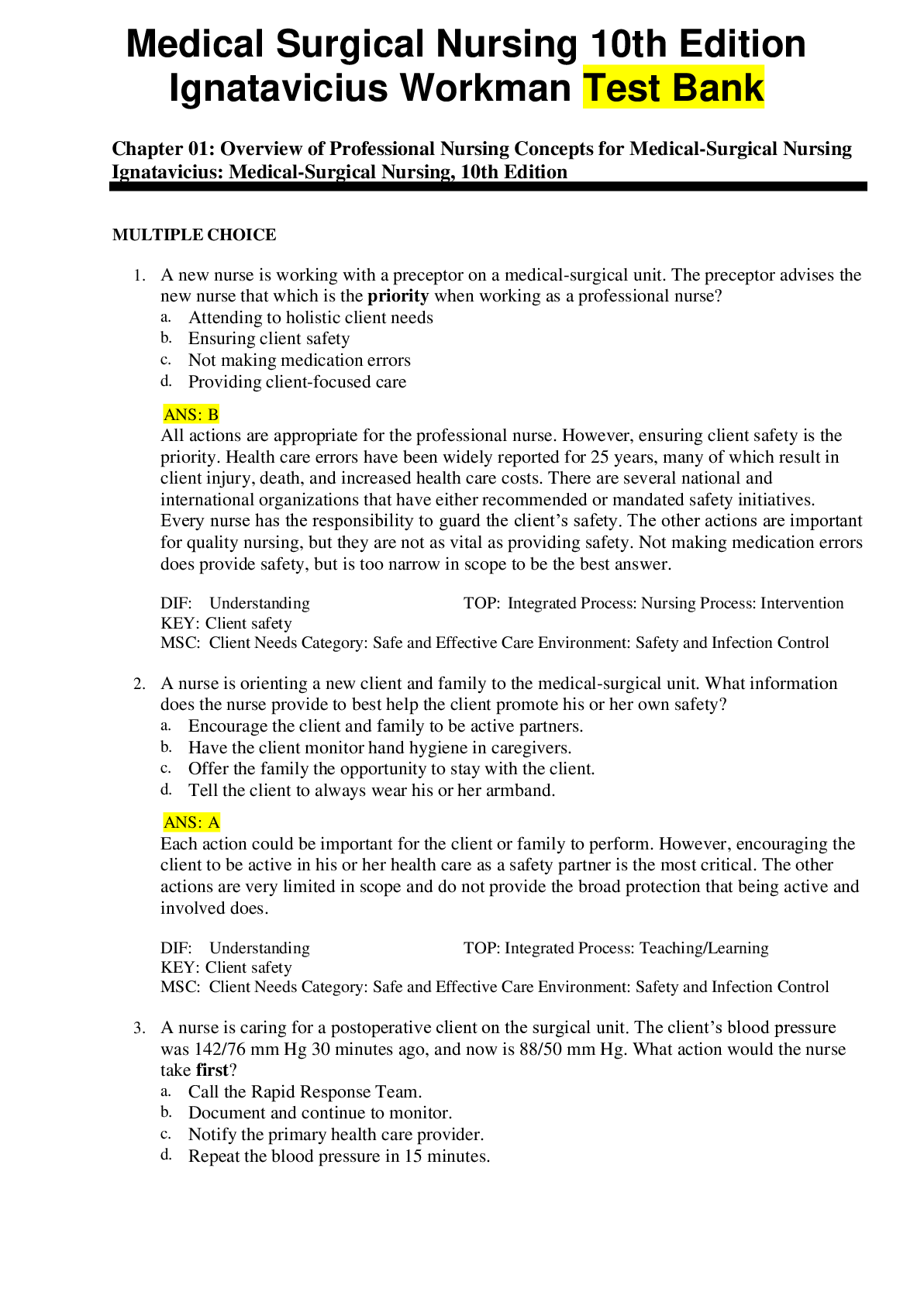
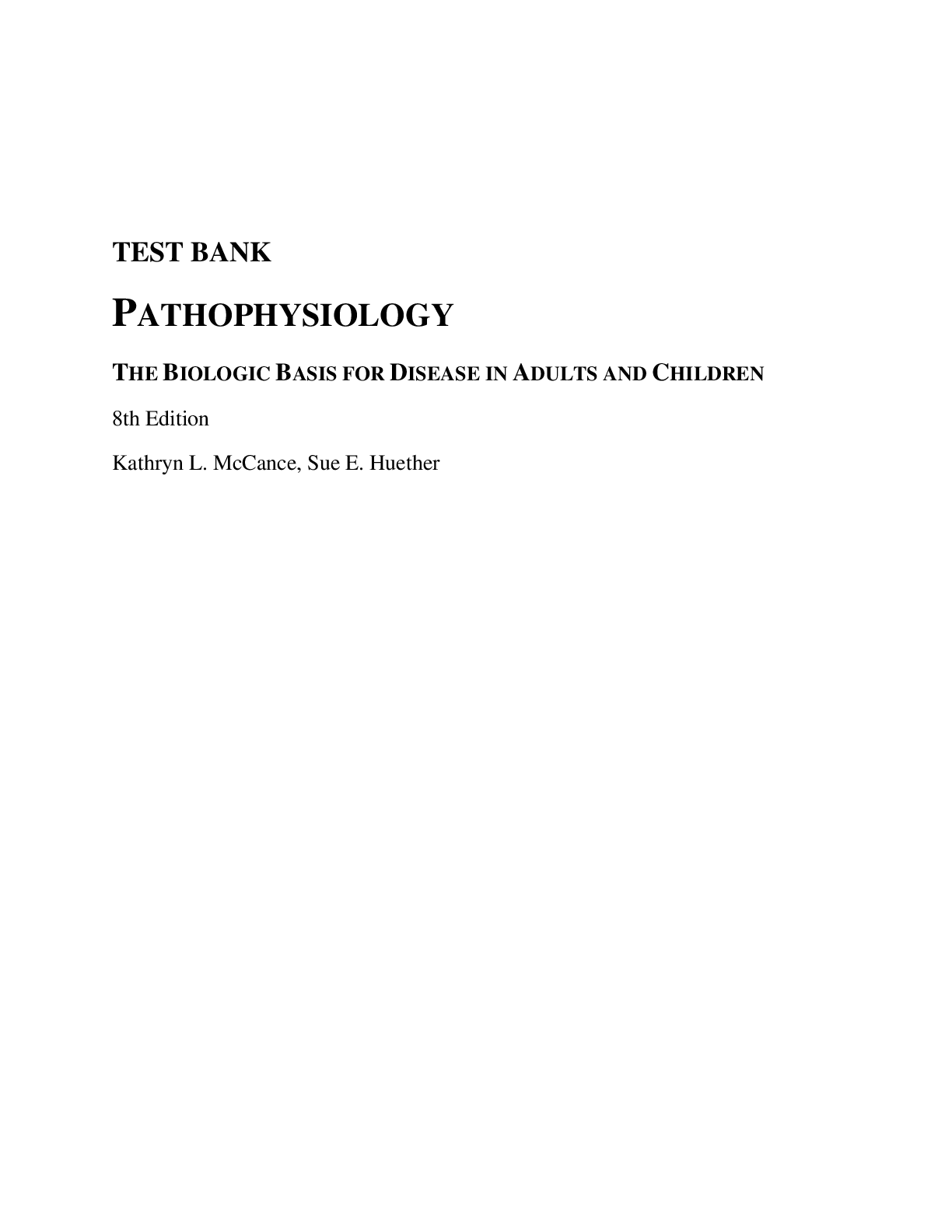



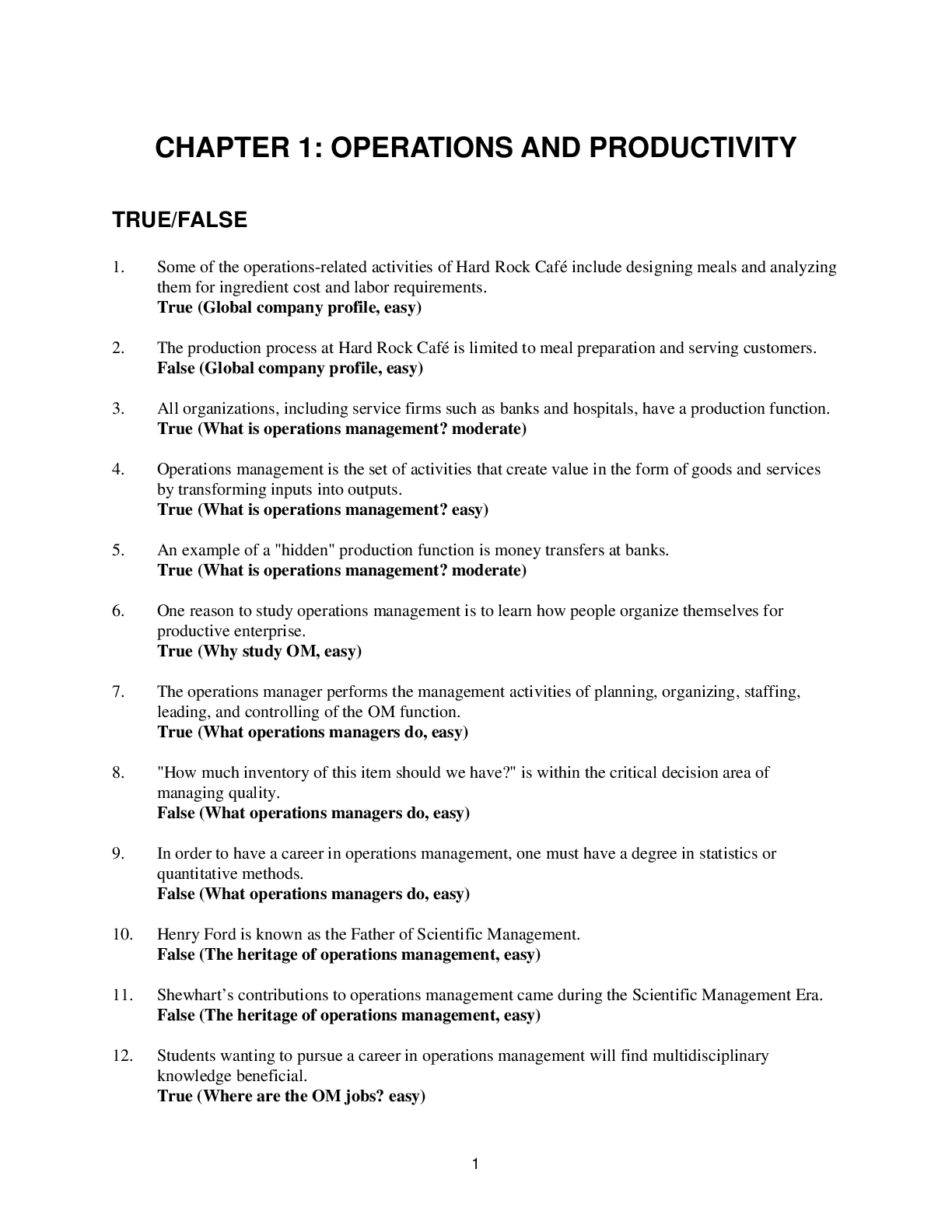
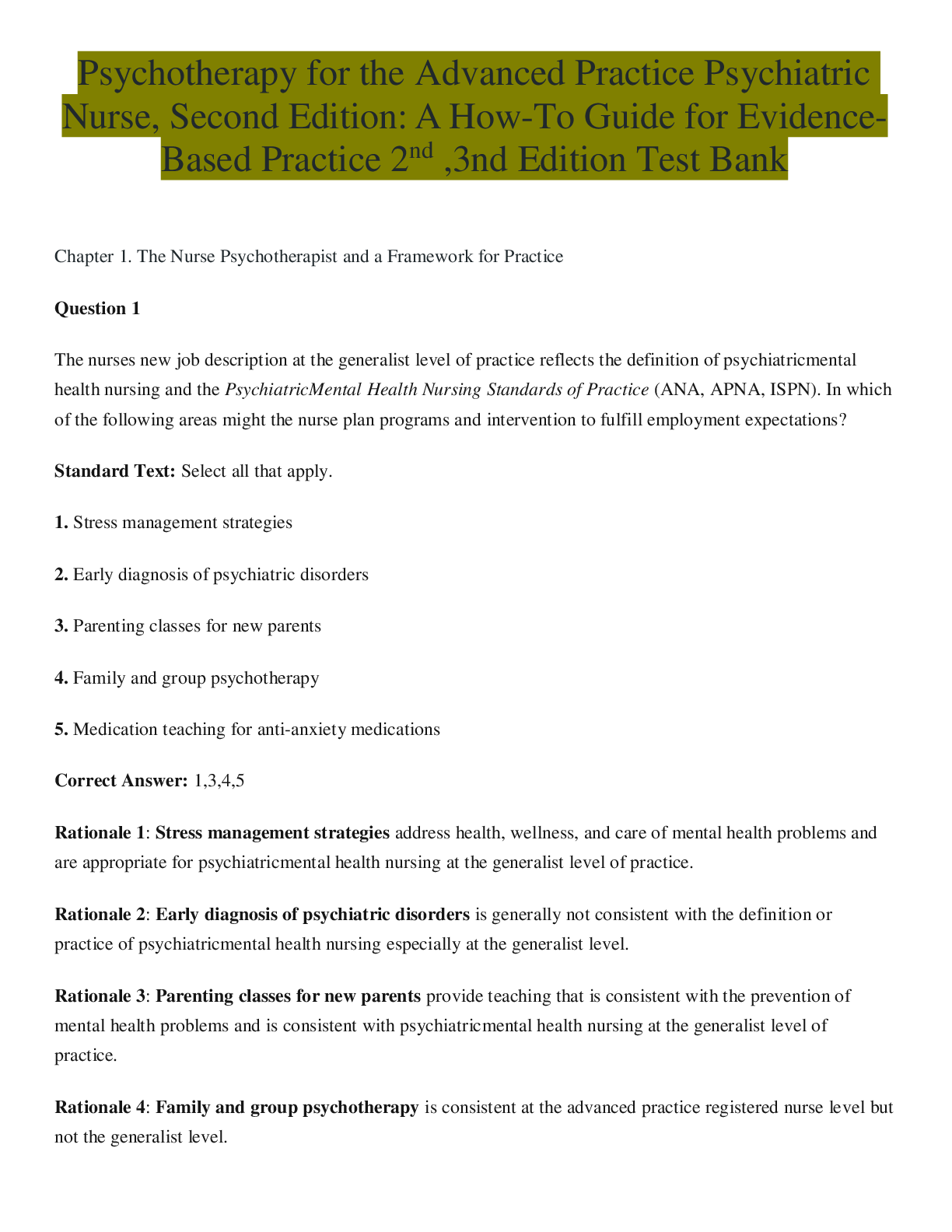

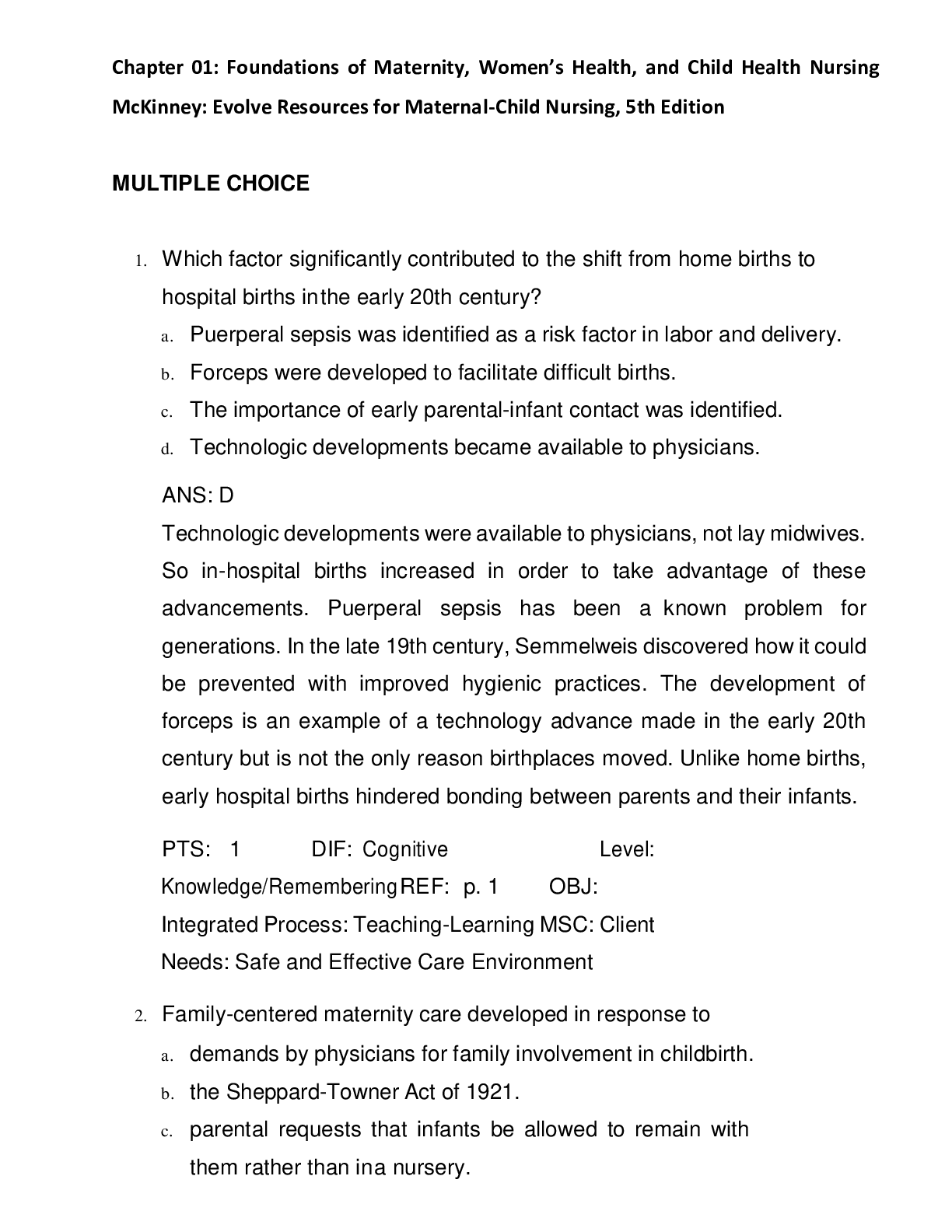
.png)


